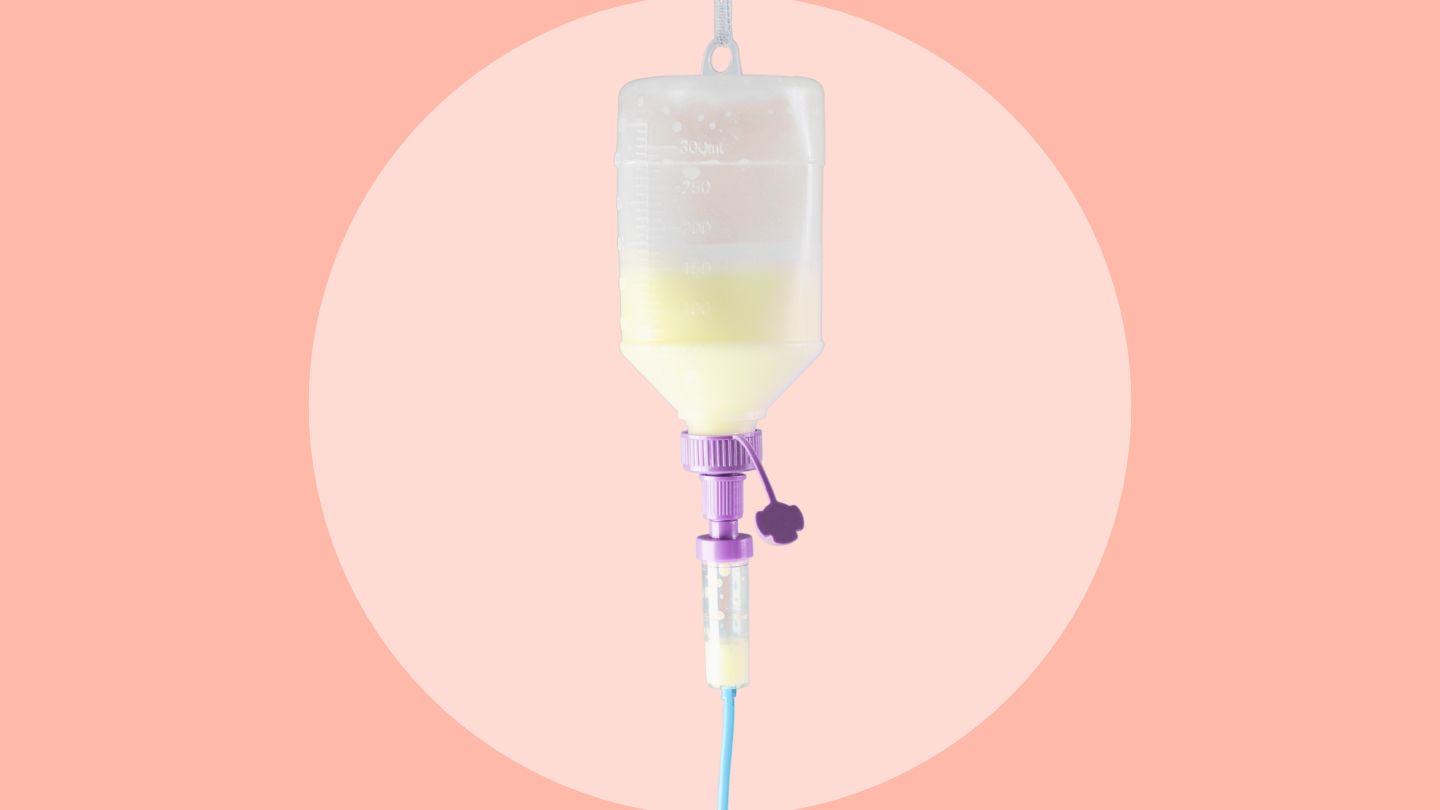Enteral feeding delivers liquid nutrition (protein, fat, carbohydrates, vitamins, and minerals) and fluids directly to the stomach or intestine through a soft, flexible plastic tube.
A feeding tube gives access to the digestive system to keep a person properly nourished when they are unable to safely chew or swallow. Feeding tubes can travel through the nose or mouth, or directly through the belly or abdomen, allowing access to the stomach or intestine.
Nasogastric Tube
Nasogastric (NG) feeding uses a tube that is long, soft, and thin. The tube goes in through the nose, down the esophagus, and into the stomach. This method is often used for emergency or short-term feeding needs (less than six weeks) and does not require surgery, providing a less invasive option for people who need temporary nutritional support during a stay at a hospital or care facility.
Nasoduodenal and Nasojejunal Tubes
Nasoduodenal (ND) and nasojejunal (NJ) feeding use a tube inserted through the nose that extends past the stomach into either the duodenum (the first, upper part of the small intestine) or the jejunum (the second part of the small intestine).
This method is typically used when the stomach needs to be bypassed due to digestive issues or surgery, allowing for the delivery of nutrients directly to the small intestine. Like an NG tube, ND and NJ tubes are typically limited to use within a hospital or similar facility.
Gastric Tube
Gastric feeding, or gastrostomy feeding, is used for long-term ongoing nutritional support. A gastroenterologist or a surgeon will make a small but permanent opening in the upper abdominal wall, above the belly button. A short tube — one end sticking out of the skin, the other end opening into the stomach — allows for the delivery of food directly into the stomach, bypassing the throat entirely.
This is also known as a PEG tube (percutaneous endoscopic gastronomy tube), or G-tube.
People with a gastrostomy tube can be taught to feed themselves and care for their surgical opening at home. This therapy is referred to as semipermanent because the tube can be removed if the patient’s ability to swallow recovers.
Jejunostomy Tube
A jejunostomy is similar to gastrostomy feeding, but in this case, the tube leads directly into the jejunum of the small intestine. Also known as a PEG-J tube, this approach is used for long-term feeding when feeding into the stomach is not feasible, often due to gastrointestinal obstruction or severe gastroparesis.
Gastrostomy-Jejunostomy Tube
In this method for long-term support, one tube offers access to both the stomach and the jejunum. Food is usually delivered to the jejunum, while the stomach port allows a caregiver to administer medication, vent air, or drain fluids.




